Meet Our Dwarf Planets
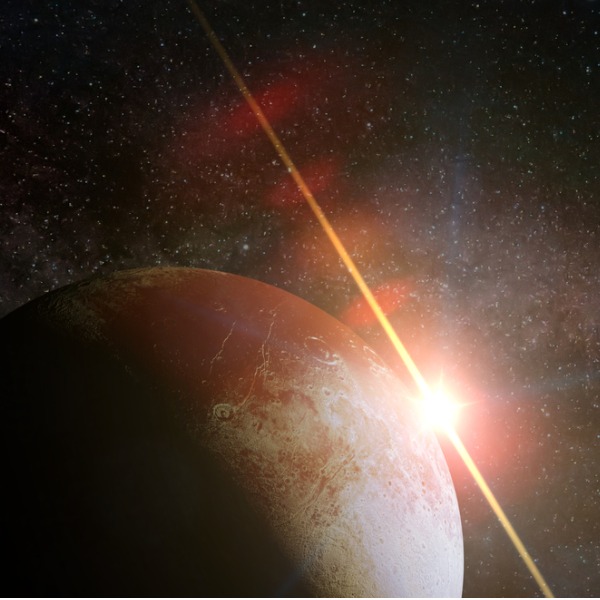
Pluto lit by a distant Sun (dottedhippo, iStockphoto)

Pluto lit by a distant Sun (dottedhippo, iStockphoto)
How does this align with my curriculum?
Learn about the dwarf planets in our Solar System.
The Dwarf Planets
As their name suggests, dwarf planets are smaller than the true planets of our Solar System. In fact, they are all smaller than our own Moon! Size isn’t the only thing that defines dwarf planets. In 2006, the International Astronomical Union (IAU) defined the characteristics of a dwarf planet as:
- being in orbit around the Sun;
- not being a satellite of a planet;
- having a mostly round shape due to its own gravity; and
- having not cleared its neighbouring region of debris.
The last point means that a dwarf planet can have asteroids and meteoroids in its orbital path. They have these things around them because they have less gravity due to their small size. True planets do not have any of these objects in their orbital paths.
By this definition, the Solar System has five known dwarf planets. These are Ceres, Pluto-Charon, Haumea, Makemake and Eris. Ceres is the only one found in the Main Asteroid Belt between Mars and Jupiter. The other four dwarf planets are in the Kuiper Belt, which is why they are also called plutoids.

Pluto-Charon
Before 2006, Pluto was one of the nine planets of our Solar System. When astronomers started discovering even bigger objects in the Oort Cloud, they wondered if Pluto was a true planet. In 2003, when Eris was discovered, astronomers debated about how to describe a true planet. They even considered adding more planets to our Solar System. But when astronomers created the new class of “dwarf planets,” Pluto was no longer considered to be a true planet.
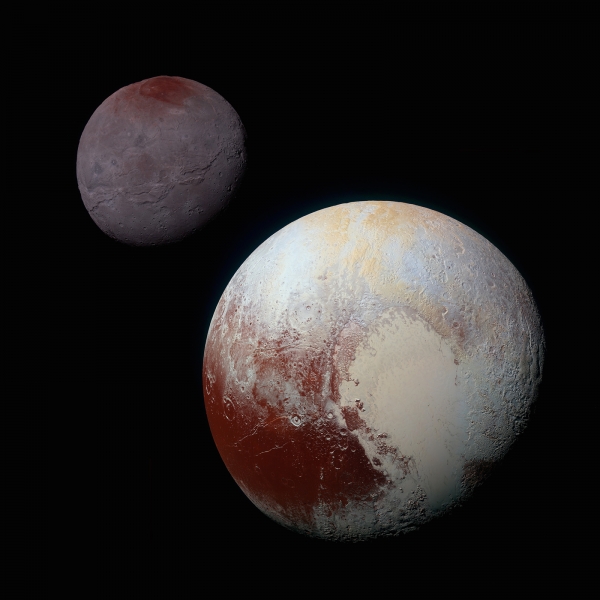
Pluto takes 90 530 Earth days, or more than 248 years, to go around the Sun. It is 39 astronomical units away from the Sun. One astronomical unit represents the average distance between Earth and the Sun.
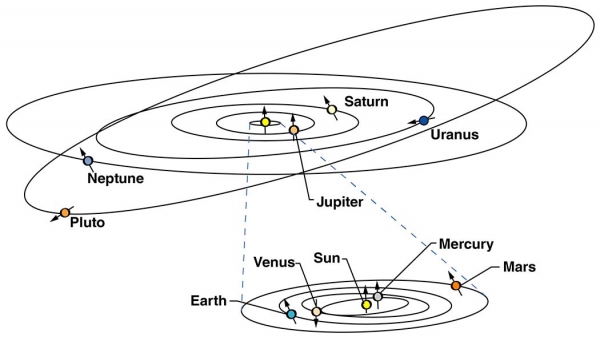
Not only is Pluto really far away, it is also different from the other eight planets in several ways. It has an oval-shaped orbit that is quite tilted relative to the orbits of the other planets. One end of Pluto’s orbit actually comes closer to the Sun than Neptune’s! Also, Pluto and its moon Charon orbit around each other, making it a binary system. A binary system refers to two objects in space that are so close that their gravity makes them orbit around a common center of mass. Binary systems are most often stars, but can also be planets, galaxies, or asteroids.
Did you know?
Pluto has at least five moons. Charon is the biggest. It is the largest satellite relative to its planet in our solar system.
Pluto is made up of more of the icy materials of comets than the rock and iron ore of the inner planets. And although it is about two-thirds of Earth's moon size, it is about one-sixth of its density.
Did you know?
The 4 Other Main Dwarf planets
Ceres
Ceres (pronounced SEER-ees) was once considered the largest asteroid in the Main Asteroid Belt. The Main Asteroid belt is found between Mars and Jupiter. But in 2006, it became a dwarf planet along with Pluto. It is about 1 000 km in diameter. And its mass is about one third of the total mass of all bodies in the Main Asteroid Belt.

Because of its location, Ceres was the first dwarf planet to receive a visit from a spacecraft, Dawn. Scientists describe Ceres as an embryonic planet. This means it started to form like a true planet, but never became a fully-formed planet. This is because of the strength of nearby Jupiter's gravity.
Did you know?
Ceres might have a sister! Astronomers are still debating if Hygiea should become the second dwarf planet in the Main Asteroid Belt.
Haumea
Haumea (pronounced haw-may-ah) is the only official dwarf planet not shaped like a sphere. This elliptical dwarf planet is twice as long (about 2 000 km) as it is wide (about 1 000 km). It has two small moons and travels in a non-regular path between 5.1 and 7.7 billion km from the Sun. It is closer to the Sun than Pluto for several decades during each of its 228 Earth-year orbits. Each day lasts only four hours, which makes it one of the fastest rotating bodies in our Solar System. Some astronomers think that its speedy rotation might explain its oval shape.
3D model of Haumea (Source: NASA).
Did you know?
Because Pluto and Ceres were discovered before 2006, they are named after Roman gods. But all other dwarf planets are named after Polynesian deities.
Makemake 3D Model (Source: NASA).
Makemake (pronounced maw-kay-maw-kay) was discovered in 2005 by U.S. astronomer Mike Brown and team. This team also discovered Haumea and Eris in the same year. After Pluto, it is the brightest object in the Kuiper Belt. Like Haumea, Makemake’s 5.8 to 7.9 billion km orbit sometimes takes it inside the path of Pluto.
Did you know?
Makemake was the creator of humanity according to the Rapa Nui, who are the native people of Easter Island.
Eris
Eris (pronounced AIR-iss) is the farthest official major object in our Solar System. Eris is one of the largest known dwarf planets in our Solar System. It is about the same size as Pluto.
Eris also has the most irregular orbit. It travels as far as 14.6 billion km from the Sun, and as close as 5.7 billion km, inside the orbits of the 3 other dwarf planets. A year on Eris is 561 Earth years long.
3D model of Eris (Source: NASA).
But wait, there’s more!
Astronomers keep probing the outer reaches of our Solar System using sophisticated telescopes. One such telescope is the James Webb space telescope. It is planned to launch in the fall of 2021. This telescope will help astronomers look for objects past Neptune. We call these trans-Neptunian objects (TNOs). Astronomers estimate that more than 70 000 TNOs may exist. Many TNOs are at least 100 km across in size. This means they will likely be identified as Dwarf planets. As you can see in the diagram below, some of these, such as Orcus and Quaoar even have moons.
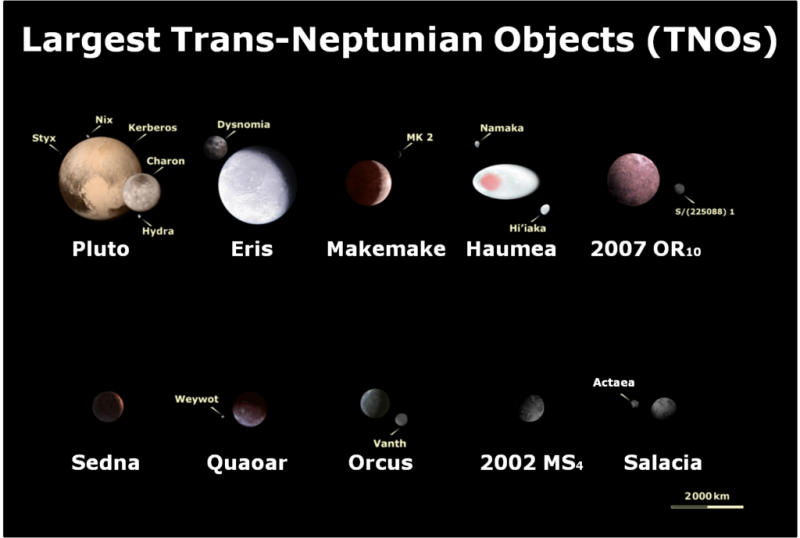
Finally, Sedna is one of the most distant known objects in the Solar system. It is thought to be about the same size as Pluto. It is about 31 times farther from the Sun than Neptune. Sedna completes one orbit about every 11 400 years.
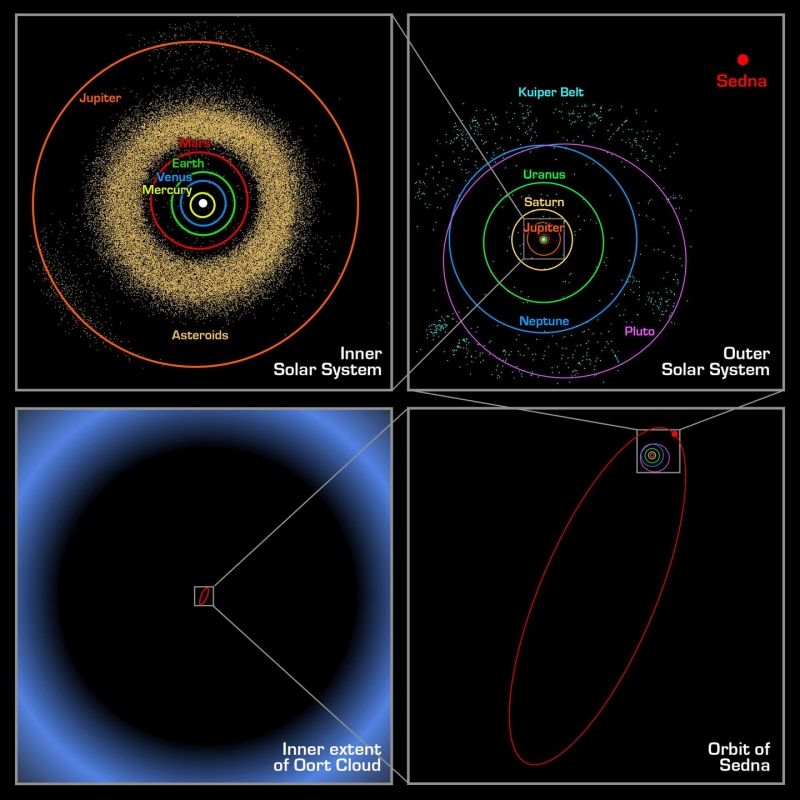
We will encounter more objects that might be dwarf planets as we continue our exploration? Most probably so!
Learn More
This page from National Geographic Kids has more about dwarf planets including a video.
Planets for Kids has even more cool facts about dwarf planets.
The Dwarf Planet Song (3:40 min.)
Want to learn fun way to learn about the dwarf planets? Check out this video on YouTube.
References
Betz, E. (2020, Feb. 3). These dwarf planets are just as strange as Pluto. Astronomy.
Canadian Space Agency. (2020). Dwarf planets.
NASA. (n.d.). All About Pluto.
NASA. (n.d.). Ceres.
NASA. (n.d.). Pluto.
NASA. (n.d.). Makemake.
NASA. (n.d.). Haumea.
NASA. (n.d.). Eris.
Stanley, S. (2020, Oct. 25). Charon, the Binary Companion of Pluto. The Great Courses Daily.